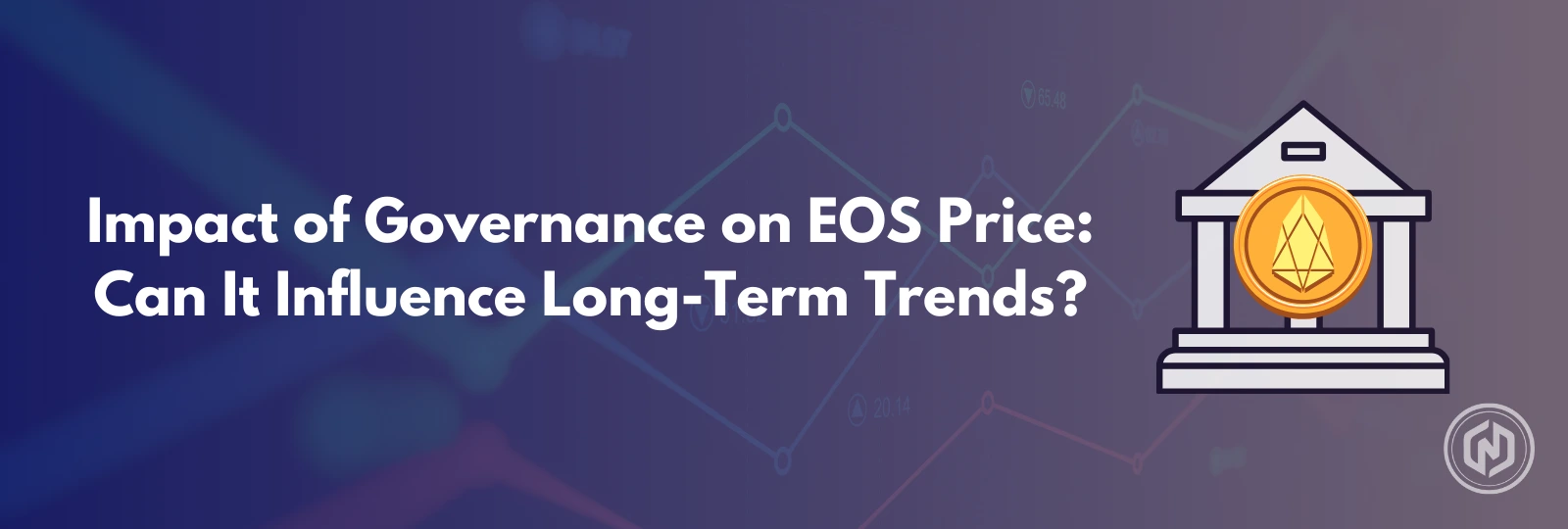EOS Governance is carried out through the establishment of mutually agreed-upon norms, jurisdiction, and choice of law. Through the legally binding constitution, this is accomplished. EOS basically ties users to the constitution by requiring the hash of the constitution to be attached to each transaction. Moreover, EOS operates by using a Delegated Proof of Stake (DPoS) mechanism, which is different from other networks that use a Proof of Work (PoW) mechanism. Since the Proof of Stake mechanism helps in validating only a particular main transaction instead of validating entire nodes, it increases the number of transactions that are carried out per second.
How EOS Governance Works
Decentralized Voting and Block Producers
Decentralized voting is the major factor that makes EOS governance unique from others. EOS token holders choose the 21 block producers that verify transactions and maintain the network. In this method, each token of EOS represents a vote, and it might impact the decision of the stakeholders. To maintain stability while giving out tokens, the block producers will take turns in generating blocks, which will grant them tokens as a reward. This is how EOS governance is maintaining the scalability over other decentralized platforms.
Governance Updates and Protocol Changes
The network’s infrastructure is strengthened while also enabling accessibility for both developers and users with the implementation of Savanna Consensus, enhanced smart contract execution, and a strong middleware approach. With some of the innovations like MPC wallets, BTC staking via exSat, and MetaMask integration, EOS is putting itself as the pioneer of blockchain development. These aren’t merely small ones, but they act as EOS long-term trends, creating a way for widespread EOS adoption and a world for decentralized apps.
The Influence of Governance on EOS Price
Stability and Confidence in the Ecosystem
The EOS governance attracts more users and increases investor confidence due to the stability and accessibility it provides. According to EOS price prediction, EOS/USDT volume is 2000 times higher, suggesting that exchanges have a huge unexplored market. EOS may provide alternatives in many of the areas where CEX excels, including speed, diversity, security, and stability. EOS’s 17,000 transactions per second are already enough to satisfy DeFi’s present trading demands, which are 100 times greater. Furthermore, due to its indefinite scalability, EOS can potentially boost TPS by an N-fold, surpassing even Binance’s limit.
Governance-Driven Price Volatility
The EOS’s governance has faced a lot of criticism because of how it works. When votes are being raised to freeze particular accounts, it might create confusion about the centralization of decision-making. Such factors might cause negative statements and act as a drawback for investors to refrain from investing in EOS. Other than this, market sentiments, macroeconomic changes, and government regulations might also reduce the price of EOS.
Long-Term Trends Influenced by EOS Governance
With the introduction of EVM and IBC, there is an infinite amount of potential for tokens from other blockchains to move around EOS. While this acts as the ideal time to take advantage of EOS’s better TPS performance and make significant investments to create a super DeFi platform, there is a contrary where the overall amount invested in individual DAO initiatives since ENF did not prioritize or invest in the most potential DeFi market. DeFi on the native chain of EOS has the most influence on the price of EOS, draws big capital players, and lets EOS’s real technological benefits show. Since it makes DeFi more safe, quick, and decentralized, it is also the area most likely to be given a priority for success in the future of EOS.
Conclusion
While there is a chance for positive increase in price of EOS due to its smart governance, there is also an equal possibility for reduction in price due to external factors like market sentiment, fear and greed index, and macroeconomic changes which might create confusions and concerns among investors. Staying updated with the current market trends and EOS upgrades can help the investor from getting lost in the process.

